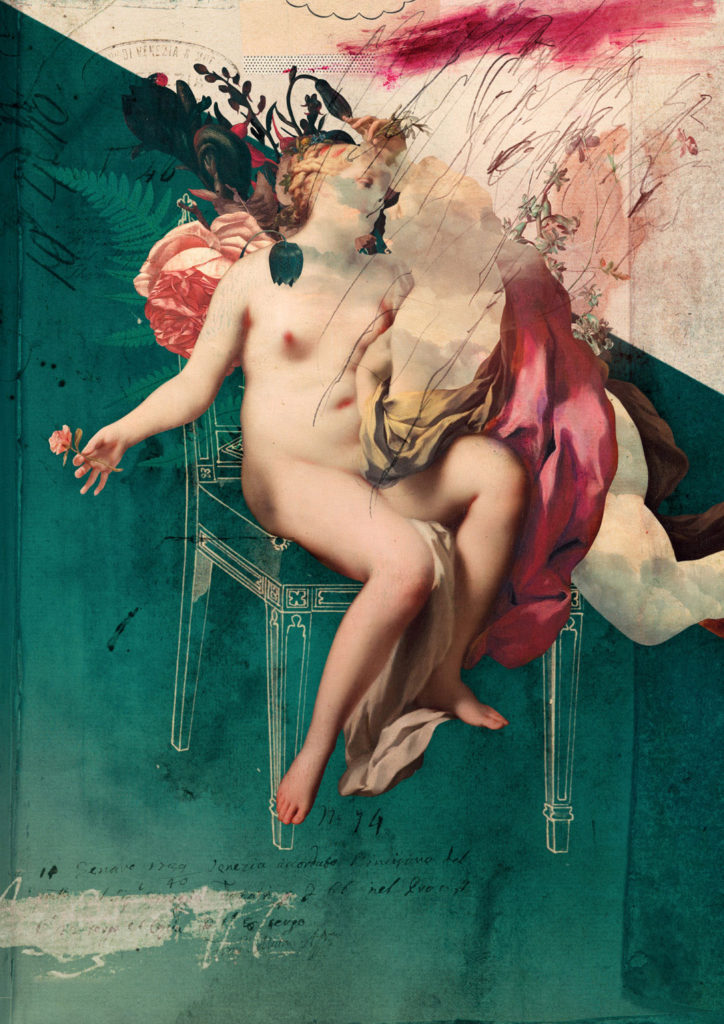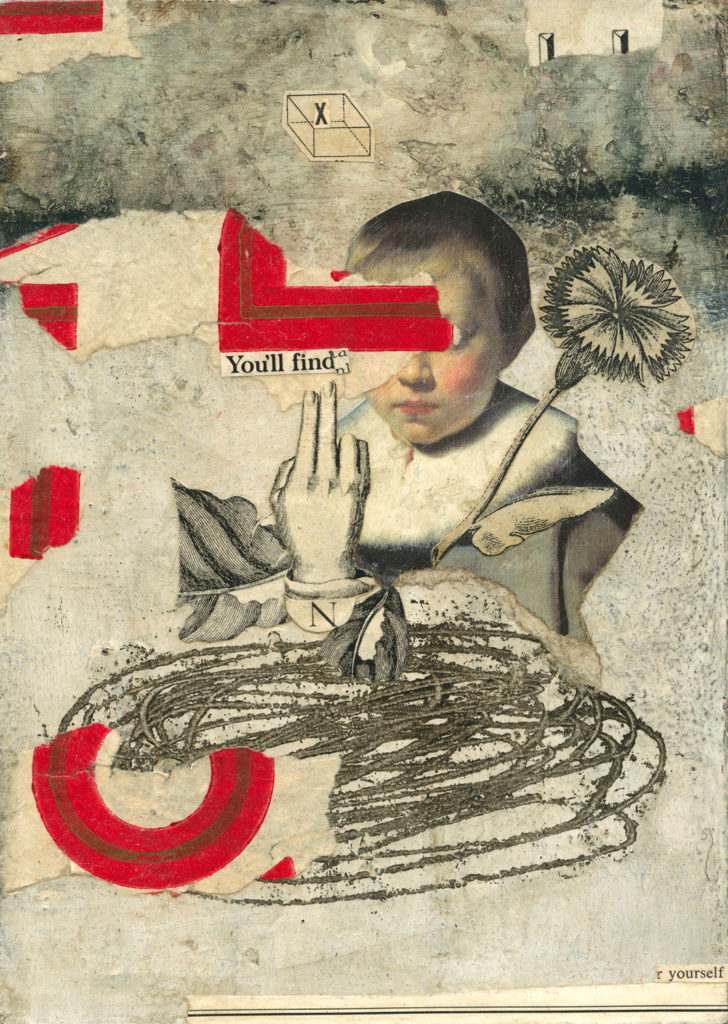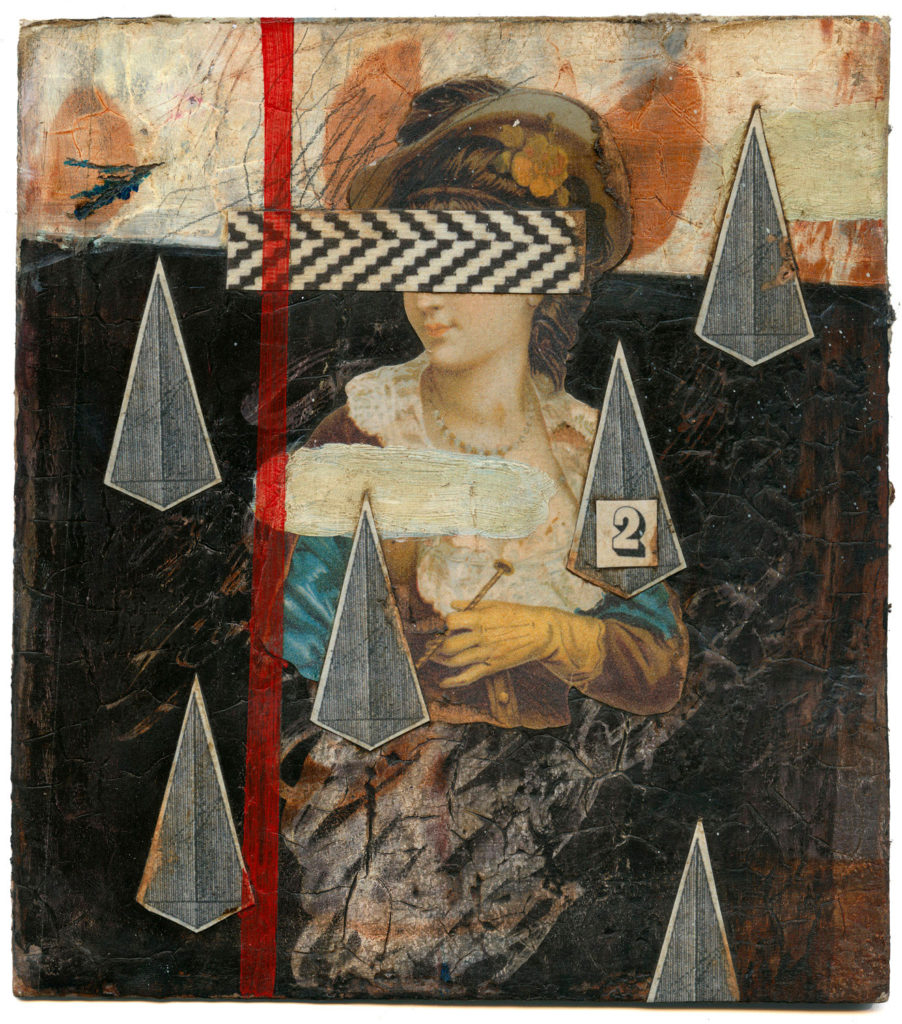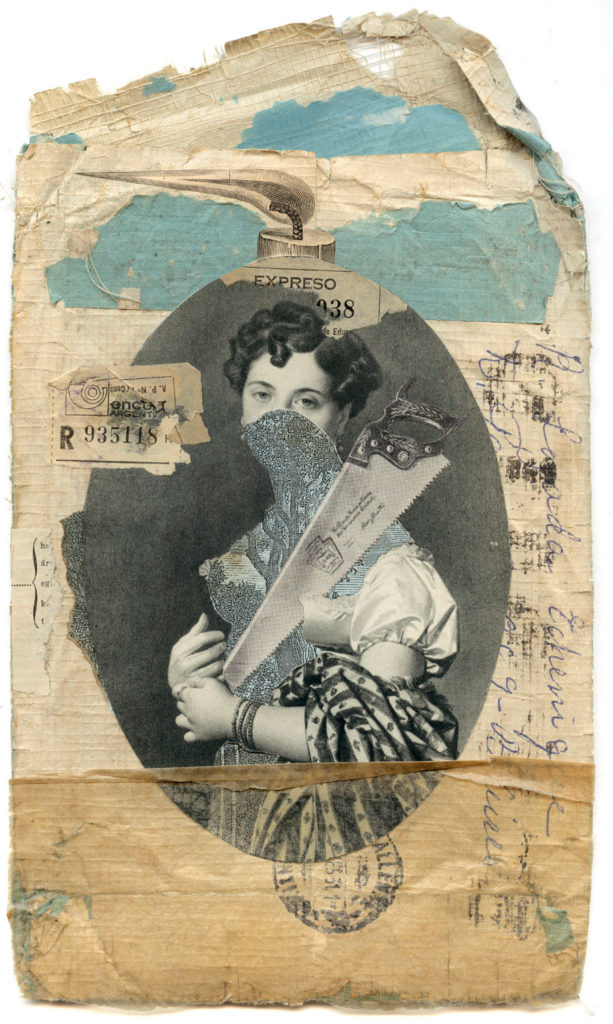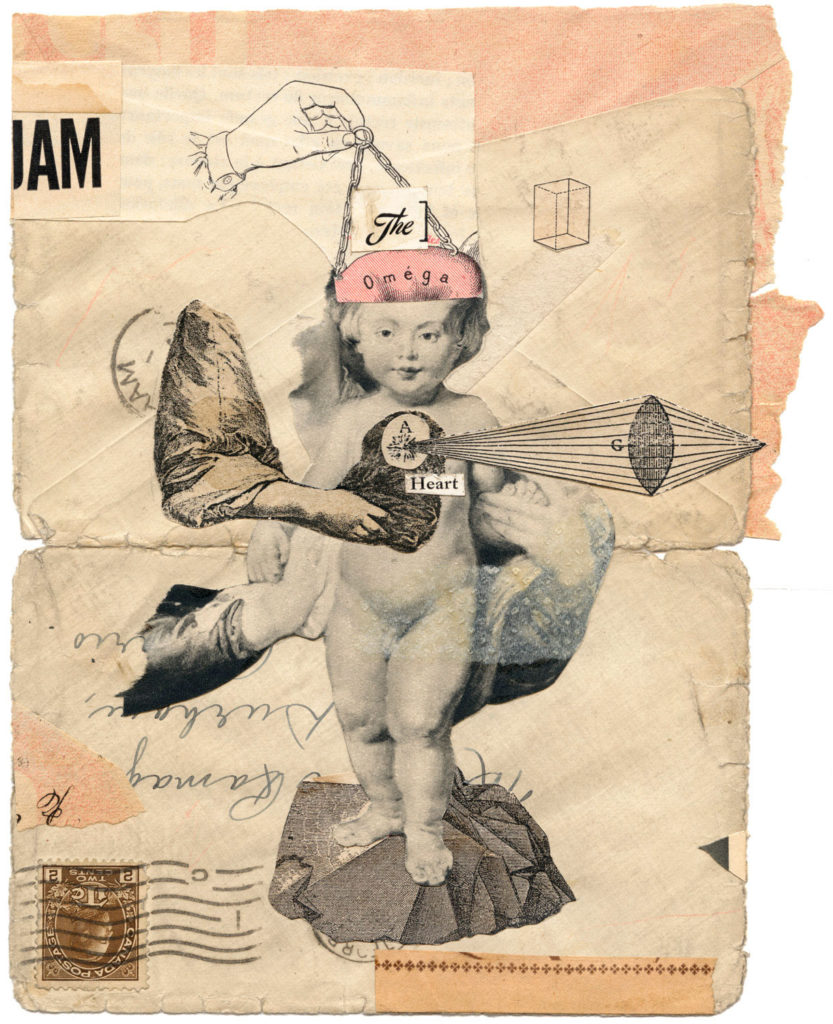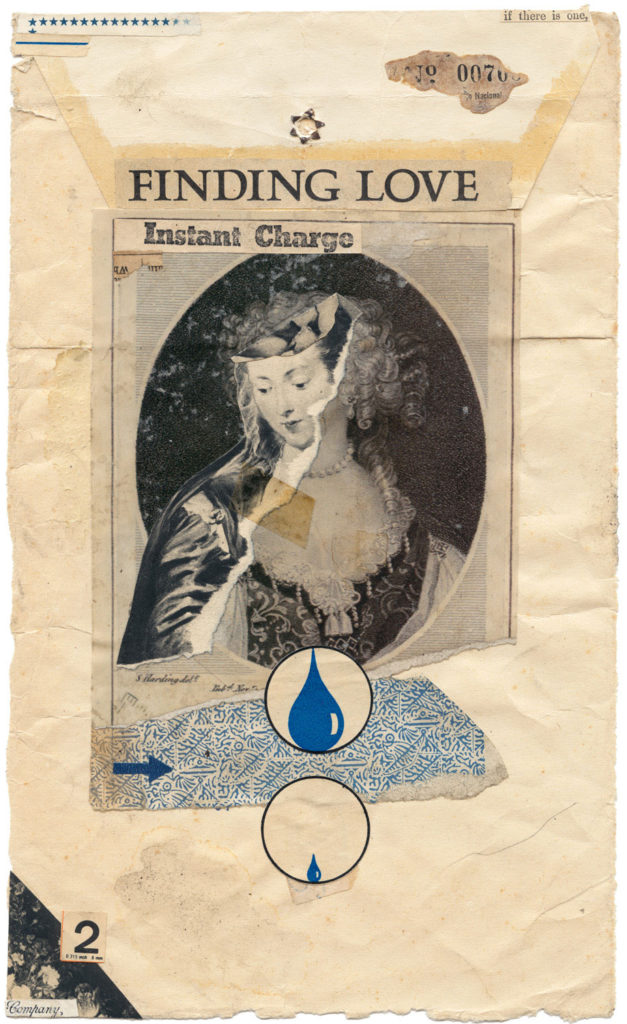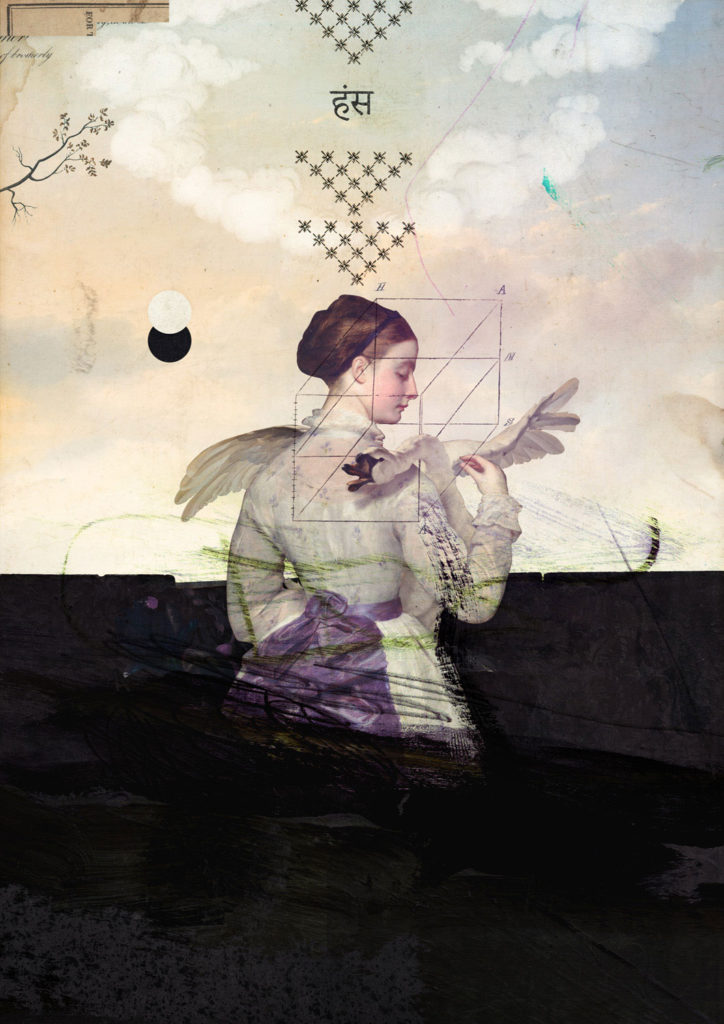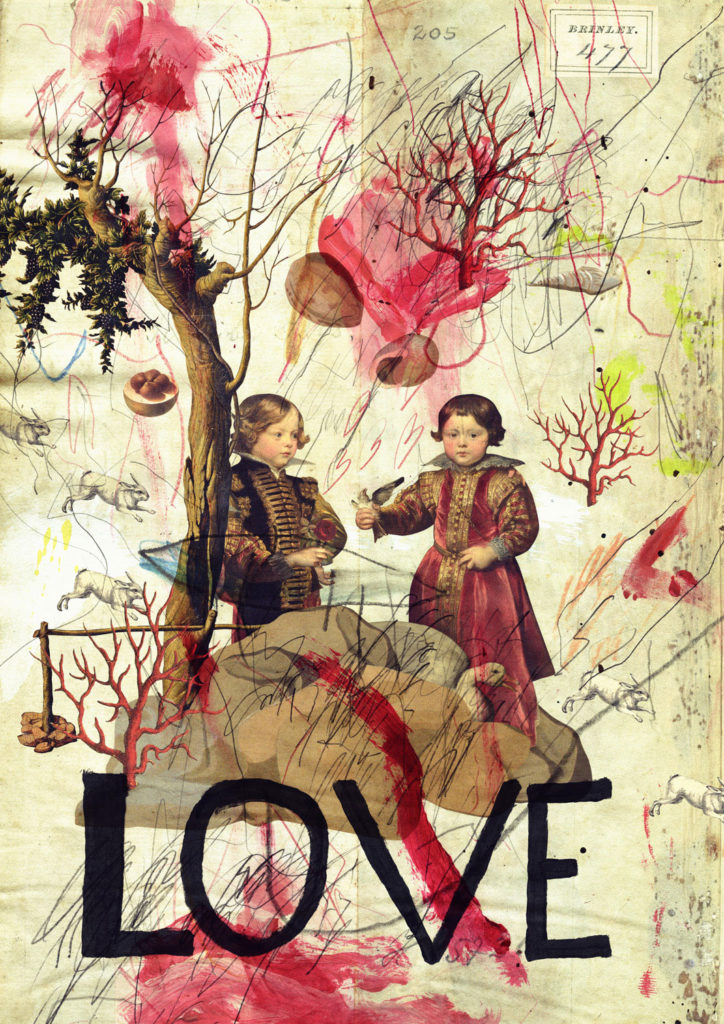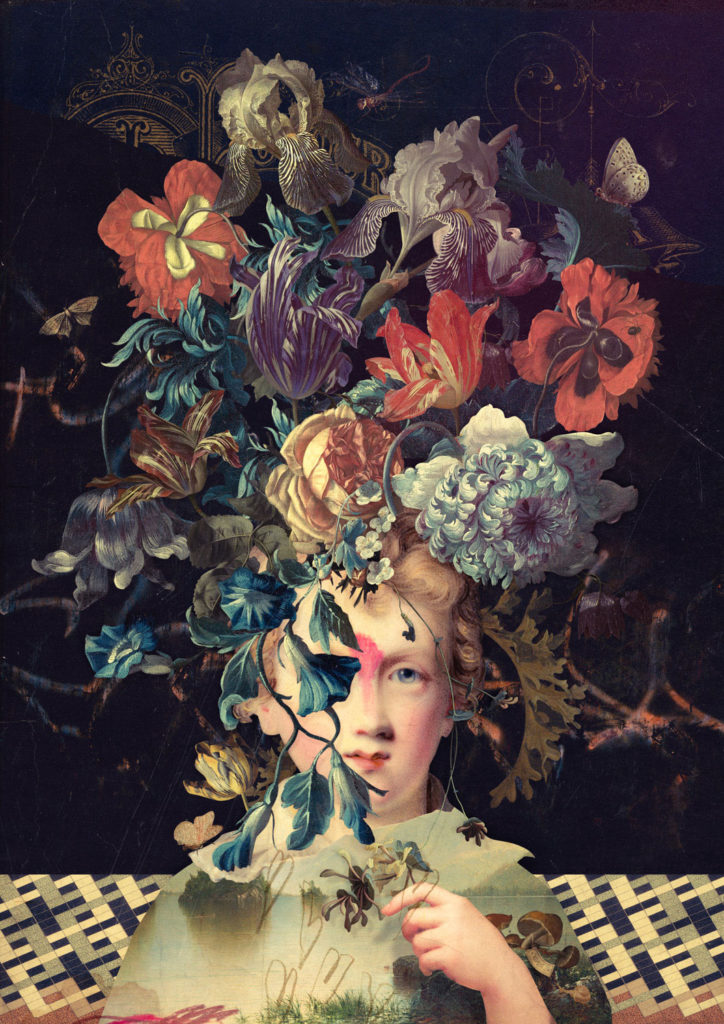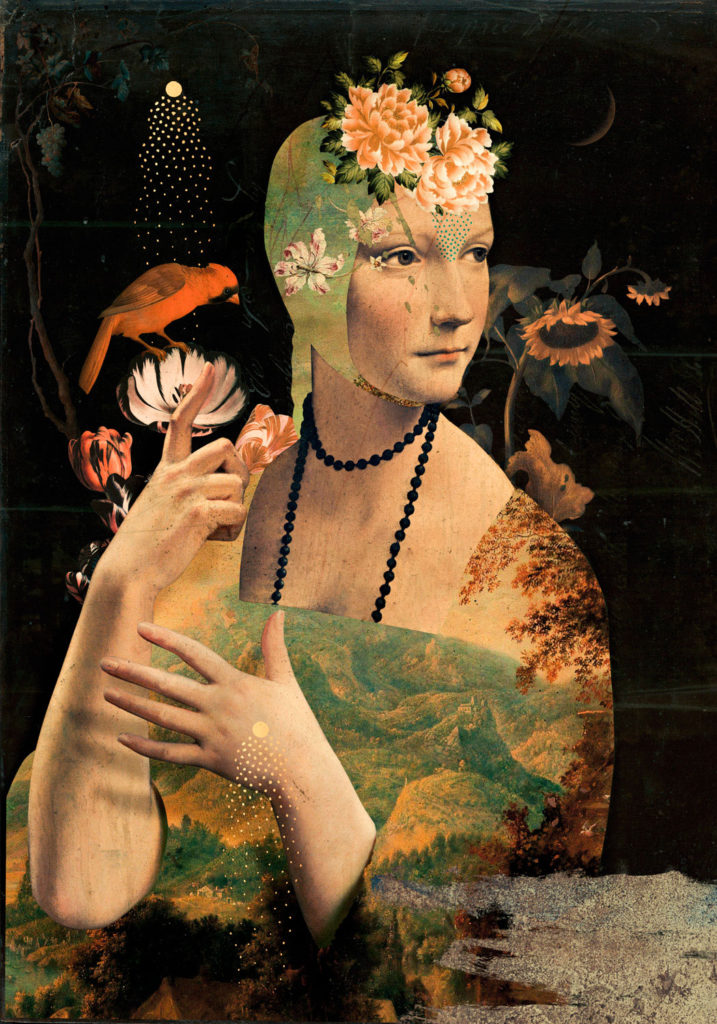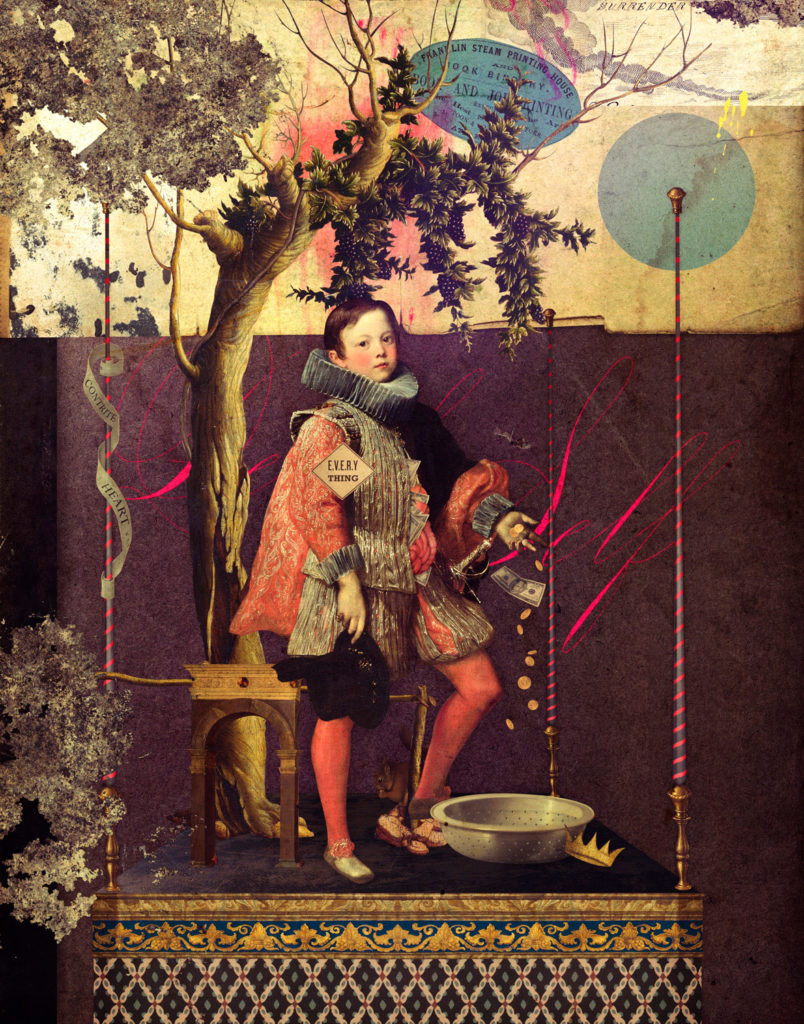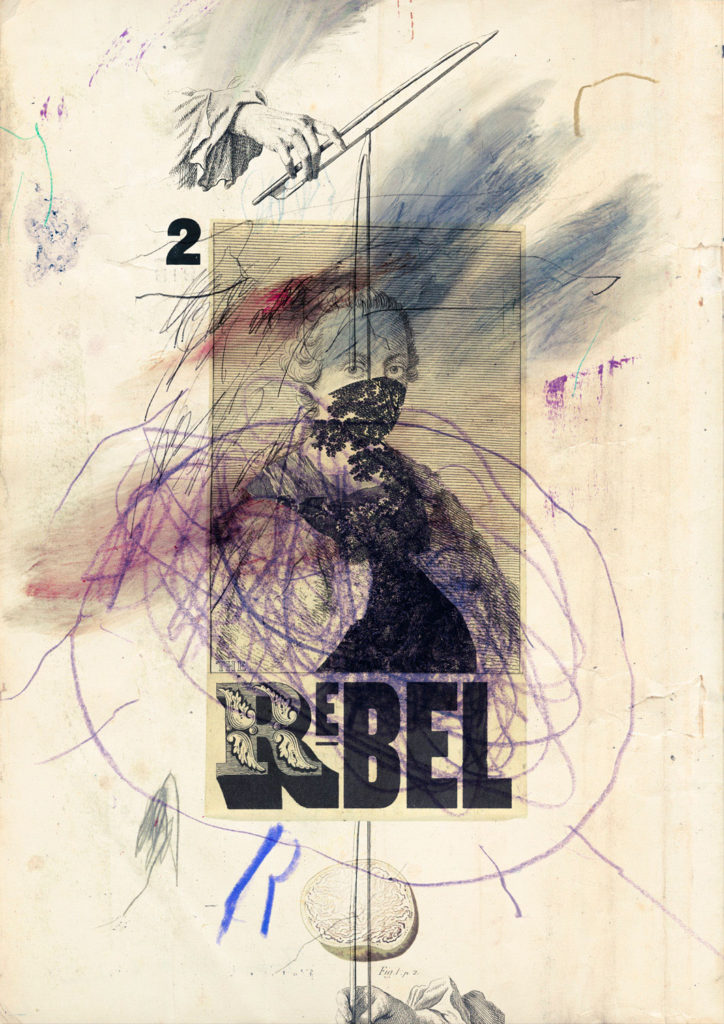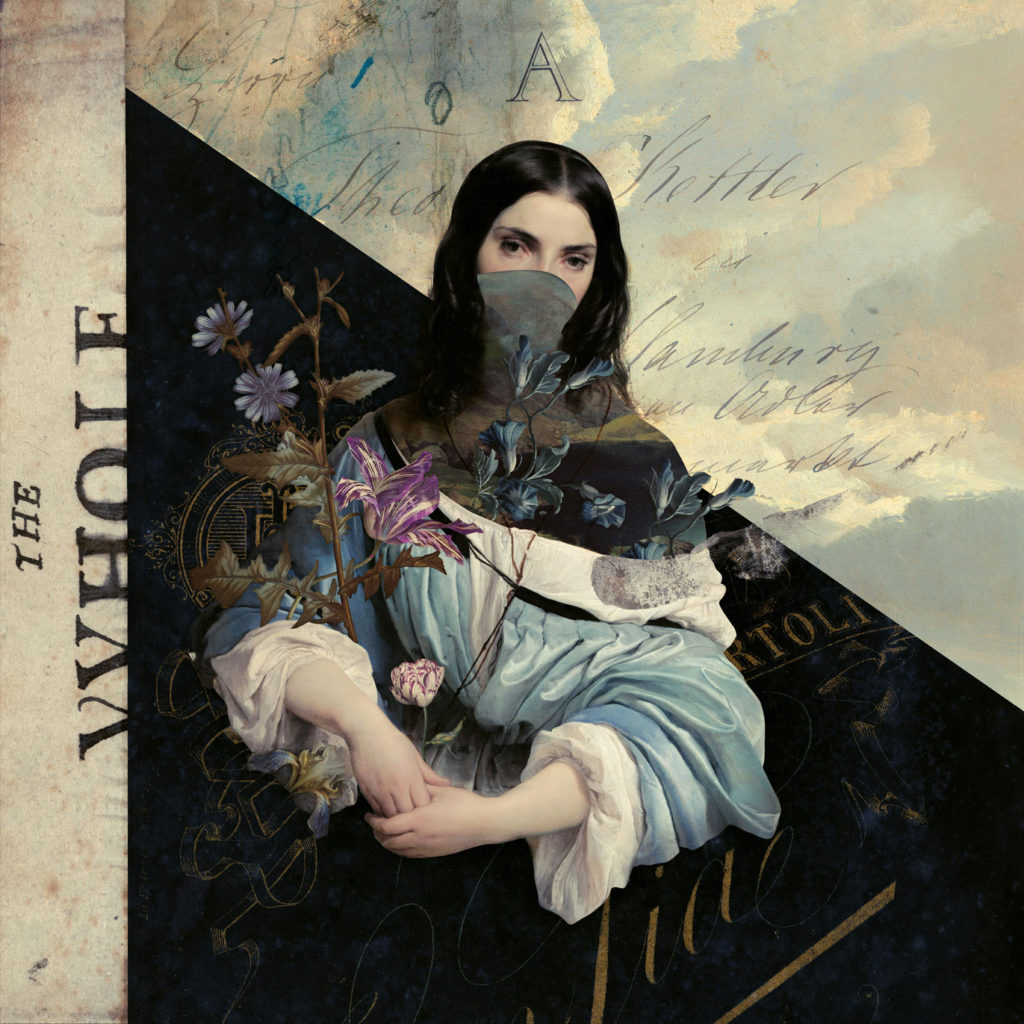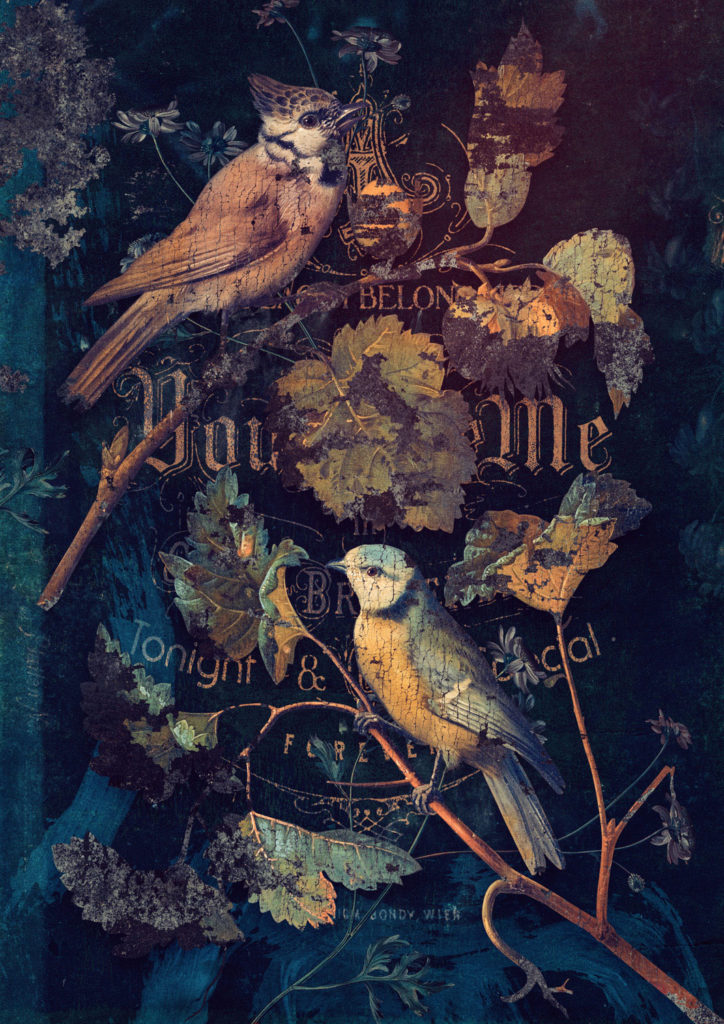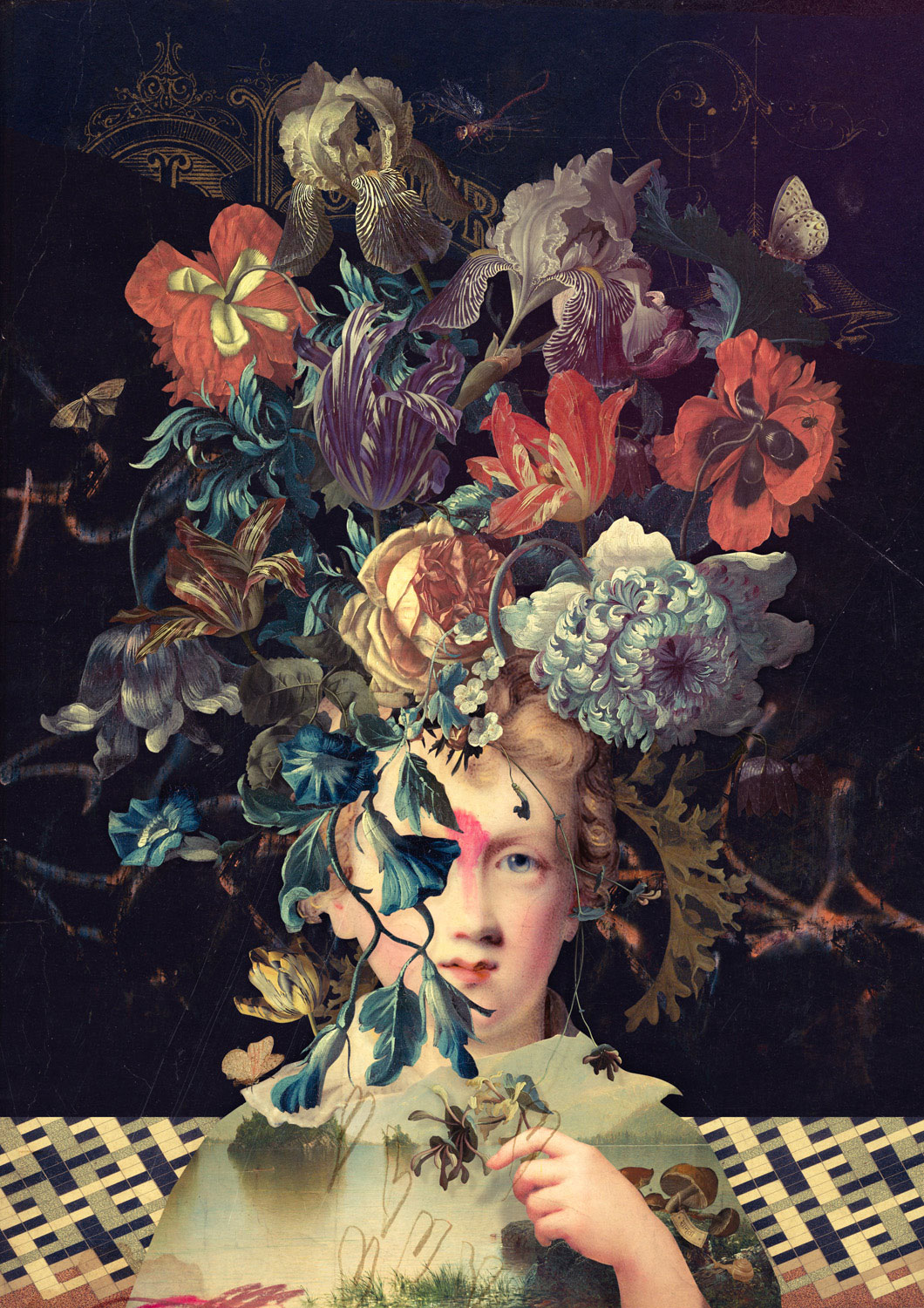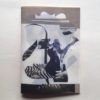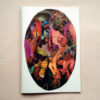The New Wave of Collage the period that started around the mid 90s when few artists started to use the early internet to showcase their (collage) work to the world. Collage, almost asleep since the punk explosion, soon became something ubiquitous worldwide. Eduardo Recife was one of these artists that created a blueprint that millions of new collage aficionados worldwide followed when starting to make art. Almost 25 years later, his work is still as inspiring as it was then and his style an important part of the visual culture of the last decades.
You are an artist, illustrator and type designer. How would you order these three things by their importance in your career and why?
When I first put misprintedtype.com online back in 1997, it was just a platform for distributing my experimental typefaces. There were just a few people creating fonts back then, and this gave a lot of visibility to my work. Collage started as a way to showcase the fonts in use, and I became obsessed with collage after that.
Time went by and I felt that I had more pleasure in making collage than creating fonts. Dedicating and developing my personal collage work was the most gratifying thing I’ve done. In a few years I had my work published in lots of books, magazines and websites and not too far from that, clients started to reach me with commissions.
Nowadays I really struggle between being an artist and working on commissioned illustrations. It’s tough because illustration work can be very energy and time consuming with tight deadlines, revisions, etc. My goal is to more and more devote my time to just creating and perfecting my art.
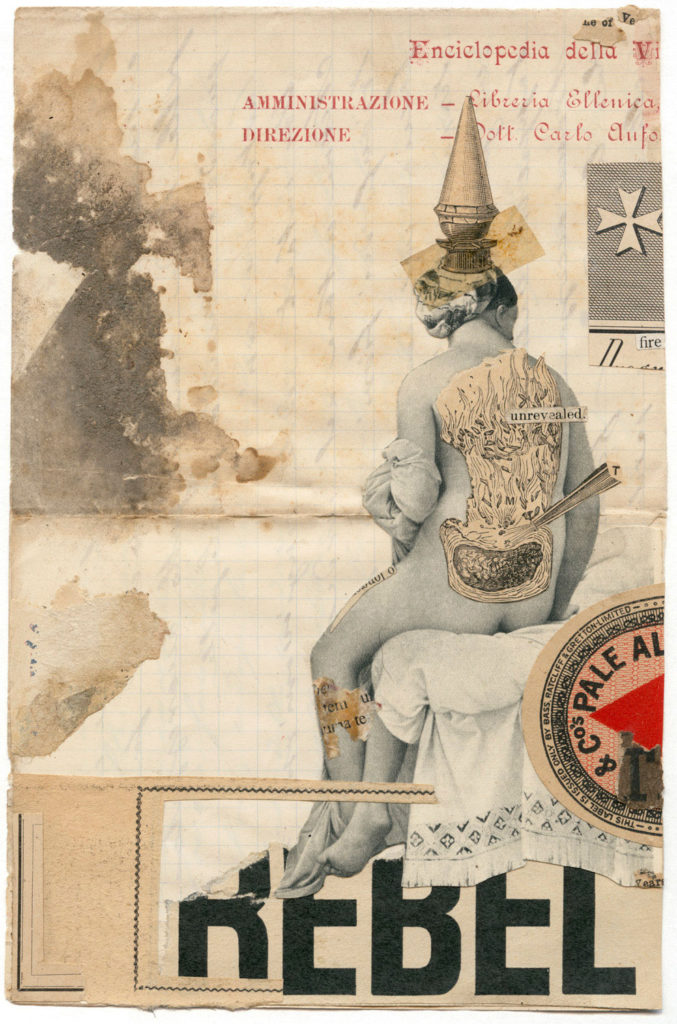
You started in the late 90s when collage was still resurfacing and internet was just starting becoming accessible worldwide. How do you feel collage has evolved since then?
I think digital collage influenced a lot handmade collage and vice versa. I see this clearly in my own work and in the works of others. But apart from that, collage became more accessible and that resulted in more artists working with the medium and developing new styles and different approaches to collage.
So, even though there’s so many amazing new collage art out there, whenever I see a boom in something it tends to progress and evolve quite a bit fast but sooner or later it reaches a plateau and we tend to see more of the same everywhere. Style becomes recipes and everything that becomes overcrowded loses its interest and becomes boring after a while.
Your work has been widely shown and shared since internet early days making you some kind of collage icon. Since then, your unique style became a blueprint for many artists to follow when starting to work with collage. How do you feel about this popularity’s side effect? Did it made you change the way you worked?
This is a tough subject. Every artist is inspired by other artists and that’s not only normal but necessary for the improvement of anything.
The only concern I have is when people mistake inspiration from copying the exact recipe of another artist. It feels like someone is stealing someone else’s identity. I understand when a person is just starting out, it’s fairly normal to copy another artist’s work (we learn a lot from copying), but that shouldn’t be the final goal. The beauty of art is that we can incorporate our own personality, feelings, references, ideas, intuition, experimentations and create something new.
But complaining about it is nonsense. We live in an age where everything becomes obsolete too fast. For an artist this is the new challenge. It made me always push myself into evolving my work and experimenting with new mediums and techniques.
Your work has a very nostalgic feeling, making various reference to past image reproduction techniques (painting, woodblock printing, daguerreotype, etc). What draws your attention from the past? Why you choose to recover elements from those eras?
There are two main reasons: The first one is that when you use antique images you have less problems with copyright. The second is that I really love vintage imagery. In my opinion, everything was more poetic and well executed back then. There was no computer, no digital typeface, no Photoshop and yet photographs, labels, magazines, posters were incredibly beautiful. Apart from this, as they age they carry that seductive vintage aura, with stains, textures, wrinkles, not to mention the great smell of old books…
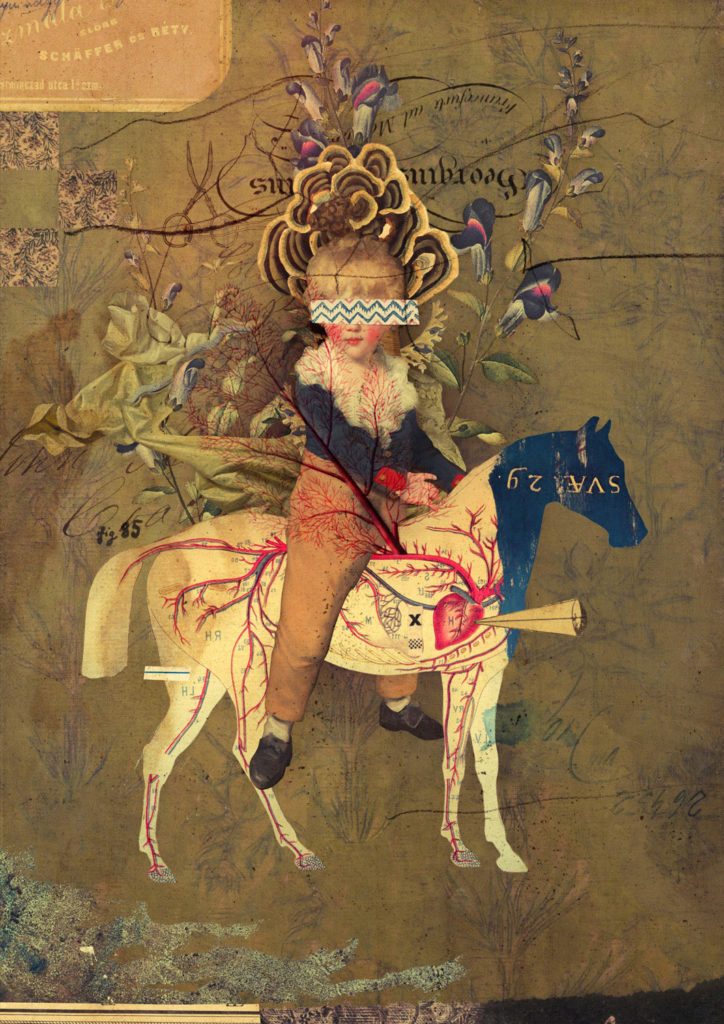
Are you a maniac vintage book and magazine collector? Which place does scouting for material has in your work process?
Yes. I still have unopened boxes of vintage magazines in cabinets. I have drawers full of vintage photos, paper cuts, ripped billboard papers, envelopes, postcards, photocopy textures, lithographs, magazine and book cuts, etc… It can get crazy, but it helps a lot to have these things handy while working.
Which issues you like to address with your personal work? Is there something that you can find through all your work? or have these issues changed over the time?
I think the subjects in my work are mostly the same. Searching for happiness, love, truth; it’s a journey into self discovery, dealing mostly with inner worlds instead of external factors. This is the kind of things I like to read and study about: philosophy, psychology, theology… I have a great influence from the yoga and hindu tradition, more specifically the Advaita Vedanta and that really permeates a lot of my work.
How do you see the contemporary collage in the context of contemporary art?
I think collage is slowly gaining more recognition in the contemporary art scene. The number of collage artwork in galleries and art books has raised quite a bit. Last year I was able to attend the Saatchi Art Fair in NY and I was amazed to see so many collage artists there, including the amazing Charles Wilkin, whose artworks stood out from the crowd.
But we still have a long battle to fight in order to make collage more appreciated in the contemporary art world. I think the limitation in size for collage is also a big challenge. We see larger and larger artworks in the contemporary galleries.
Which is your definition of collage?
Collage is cutting and pasting thoughts and symbols, like in a dream language, searching for meaning, but guided by intuition.
More Eduardo Recife at his website and Instagram account
